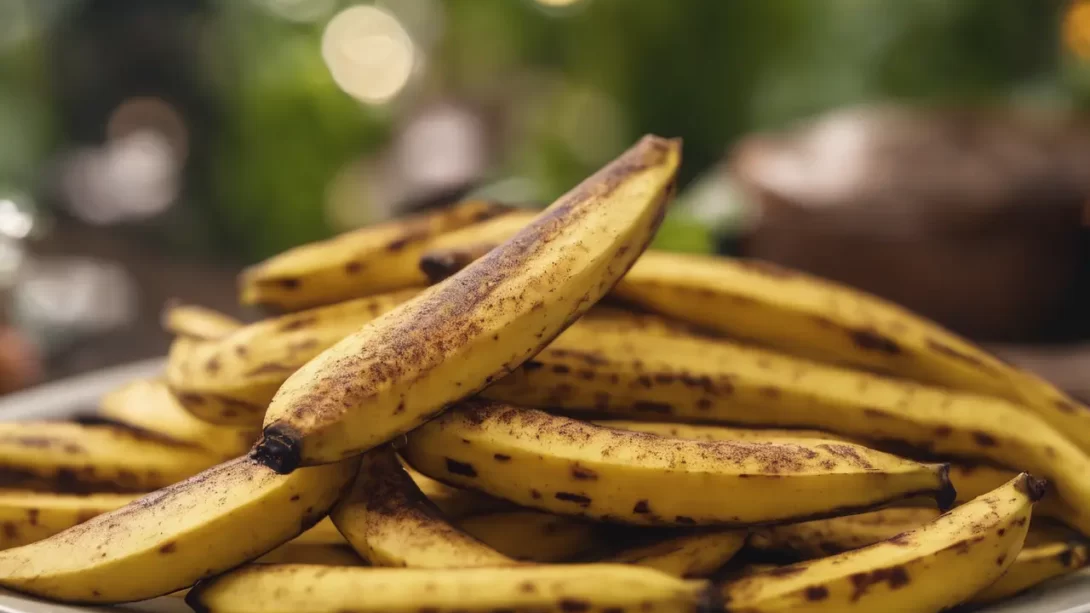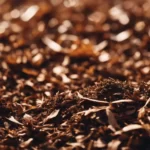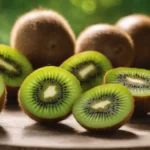Plantains, a staple in many tropical cuisines, are often likened to bananas but differ significantly in taste, texture, and culinary uses. A common query about these versatile fruits is whether they can be eaten raw. This article provides an in-depth look into plantains and the feasibility of consuming them without cooking.
Plantains
Plantains, belonging to the banana family, are a starchy, less sweet variety. Unlike bananas, they are typically larger, have thicker skin, and are lower in sugar content. Plantains are categorized based on their ripeness: green (unripe), yellow (ripe), and black (very ripe). Each stage of ripeness not only alters their taste and texture but also impacts their nutritional value. Plantains are a good source of complex carbohydrates, vitamins (especially Vitamin C and Vitamin A), and minerals like potassium.
Eating Raw Plantains: Is It Safe?
Consuming raw plantains is safe, but the experience differs greatly from eating other raw fruits. The primary consideration is the starch content. In their green, unripe state, plantains are very high in starch, which can be difficult to digest for some people. As they ripen and turn yellow or black, the starches convert to sugars, making them sweeter and easier to digest.
Nutritionally, raw plantains offer a similar profile to when they are cooked, though cooking can alter some vitamins and minerals. For example, the Vitamin C content may decrease with cooking, but the overall impact on nutritional value is minimal.
Taste and Texture of Raw Plantains
The taste and texture of raw plantains vary significantly with ripeness:
- Green Plantains: These are very firm and starchy, with a neutral, almost potato-like flavor. They are not commonly eaten raw due to their hardness and bland taste.
- Yellow Plantains: As they ripen, the starch converts to sugar, making them slightly sweeter. The texture becomes a bit softer, but they still retain some firmness.
- Black Plantains: At this stage, they are the sweetest and softest, making them more palatable to eat raw. The texture is similar to that of a well-ripe banana, but less mushy and with a richer flavor.
Culinary Uses of Plantains
While plantains are commonly cooked, there are ways to incorporate raw plantains into your diet:
- Salads: Ripe plantains can be sliced thinly and added to salads for a sweet, starchy component.
- Smoothies: Blending ripe plantains into smoothies can add natural sweetness and a creamy texture.
- Raw Plantain Chips: Thinly sliced green plantains can be used to make raw chips, dehydrated instead of fried.
Experimenting with raw plantains can introduce unique flavors and textures into your culinary repertoire. However, the traditional methods of preparing plantains, such as frying, boiling, or baking, often make them more digestible and palatable.
Health Benefits and Concerns
Including plantains in your diet, raw or cooked, comes with several health benefits:
- Rich in Fiber: Plantains are a good source of dietary fiber, which is beneficial for digestive health.
- Vitamins and Minerals: They provide essential nutrients like vitamin A, vitamin C, and potassium.
- Complex Carbohydrates: Particularly in their unripe form, plantains are a source of complex carbs, which provide sustained energy.
However, there are some considerations:
- Digestibility: The high starch content in unripe plantains can be difficult for some people to digest when eaten raw.
- Glycemic Index: Ripe plantains have a higher sugar content, which might be a concern for people monitoring their blood sugar levels.
It’s important to consider these factors, especially if you have digestive sensitivities or dietary restrictions.
Conclusion
The question of whether you can eat plantains raw has a multifaceted answer. Yes, plantains can be eaten raw, but their appeal and digestibility vary greatly with their stage of ripeness. Green plantains are hard and starchy, making them less ideal for raw consumption. As they ripen to yellow or black, they become sweeter, softer, and more palatable when eaten raw.
The culinary versatility of plantains extends to raw preparations. From adding a sweet touch to salads and smoothies to creating dehydrated chips, ripe plantains offer a range of possibilities for those looking to experiment with their diet. However, traditional cooking methods remain the most popular way to enjoy plantains, often making them more digestible and unlocking different flavor profiles.
Health-wise, plantains are a nutritious choice, rich in fiber, vitamins, and complex carbohydrates. They can be a beneficial addition to a balanced diet. However, it’s important to be mindful of their starch and sugar content, especially in their raw form, to ensure they fit into your specific dietary needs.
In summary, while you can eat plantains raw, the experience and benefits depend on the ripeness of the fruit and individual dietary preferences and needs. Whether raw or cooked, plantains are a valuable and versatile ingredient, capable of adding both nutritional value and exotic flair to your meals. As with any food, enjoying them in moderation as part of a varied diet is key to reaping their benefits while catering to personal health and taste preferences.



